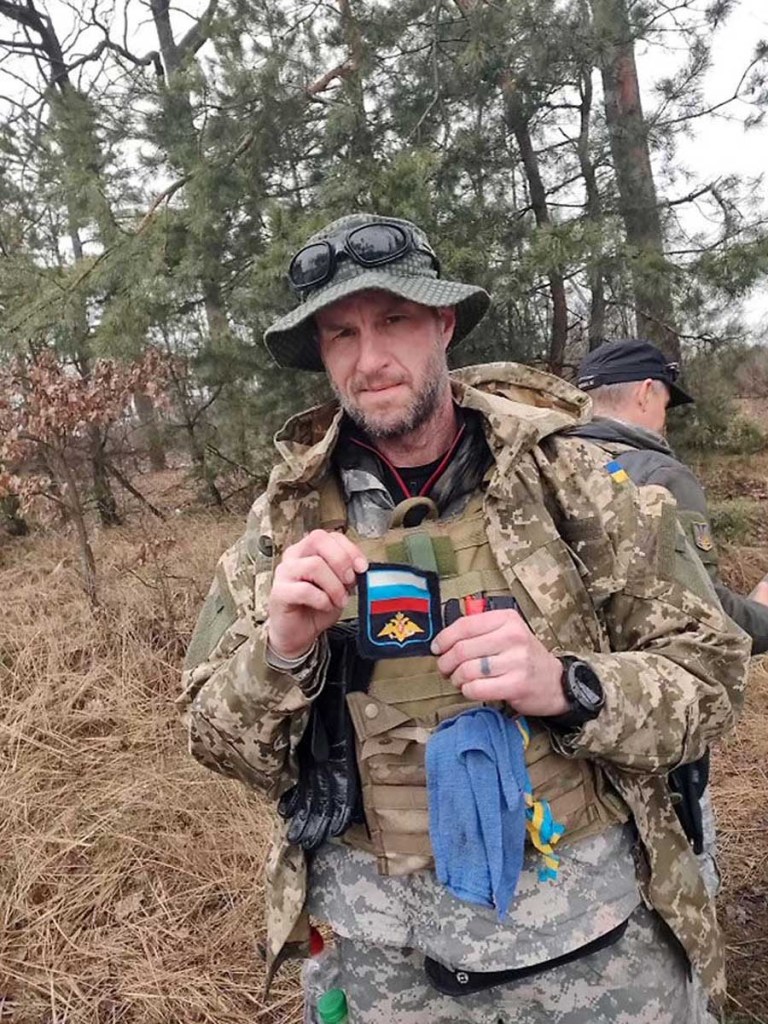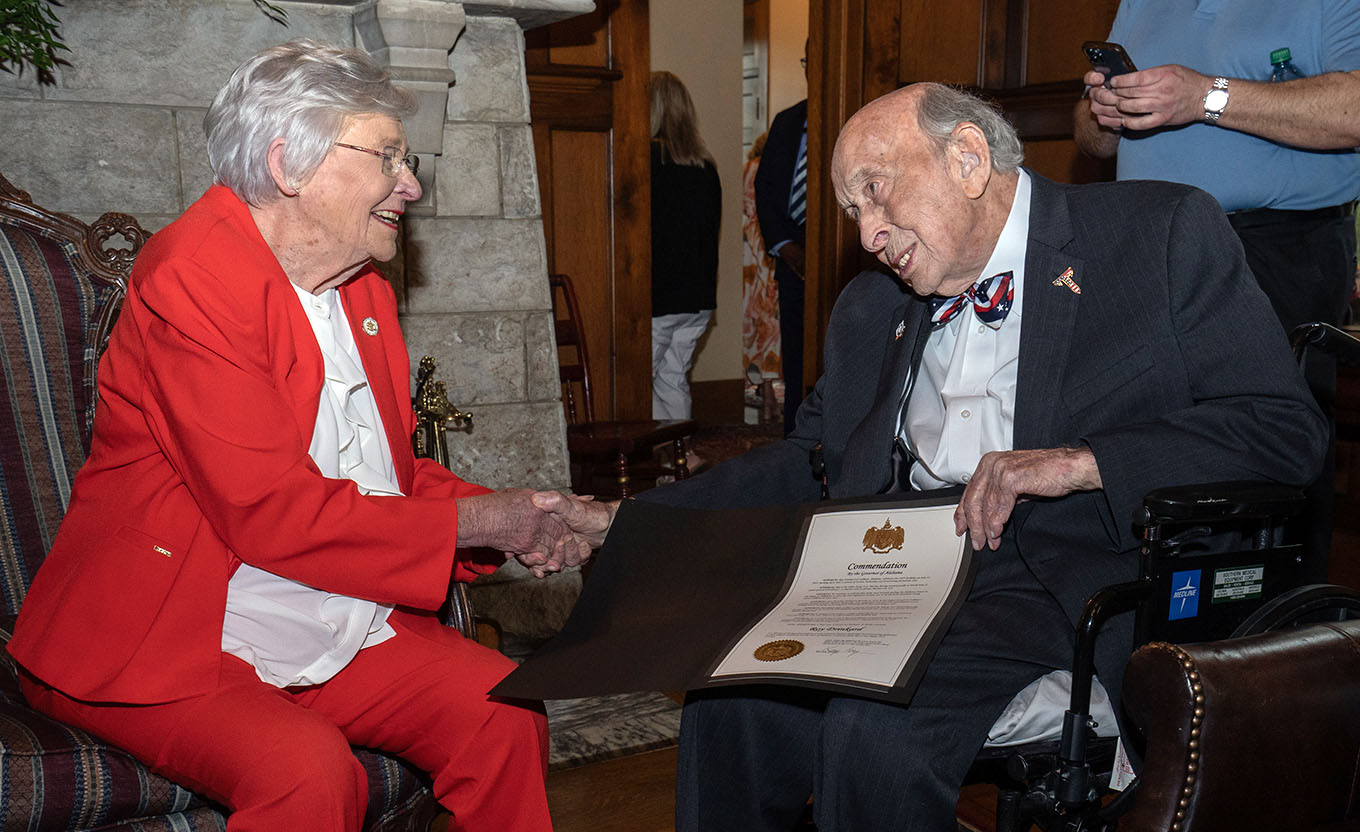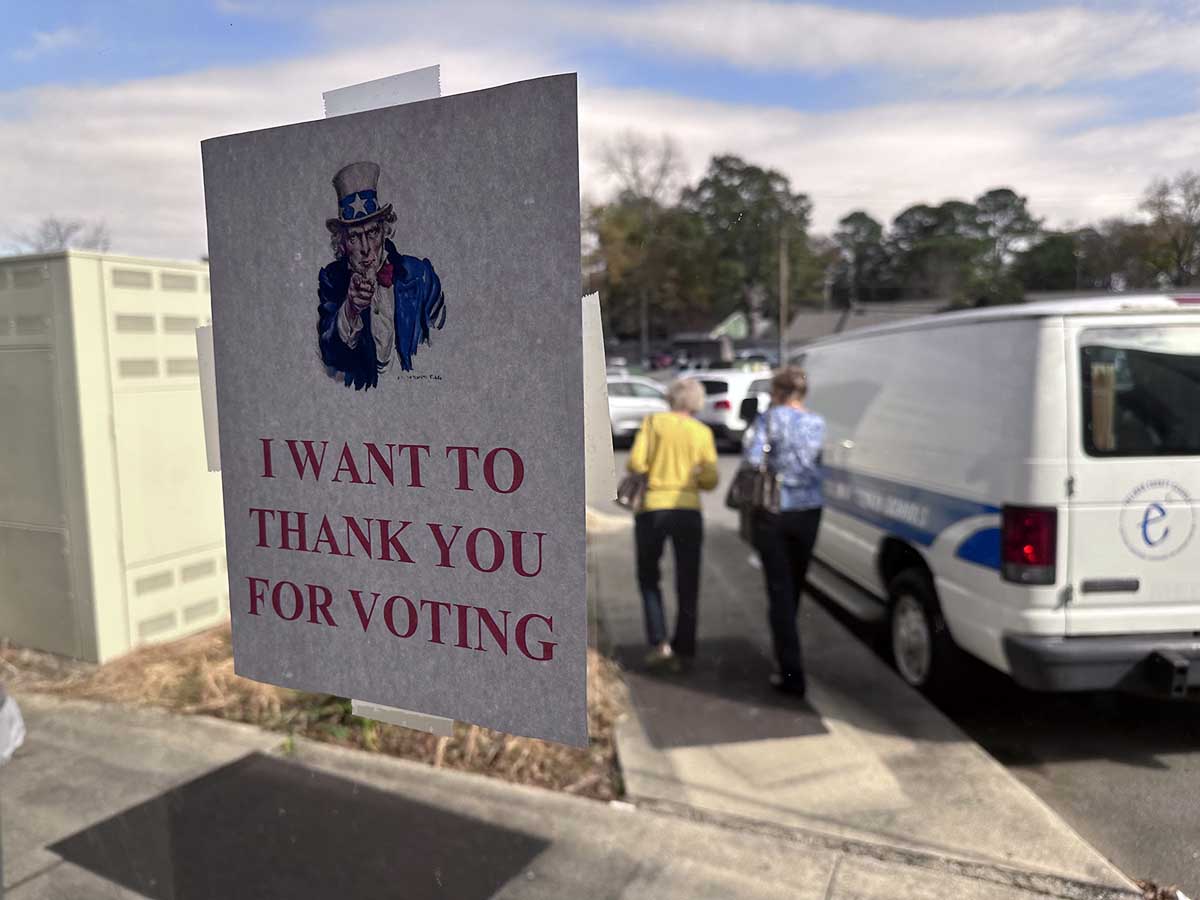Reflecting on conflict
Published 5:00 am Saturday, June 18, 2022

- Local Marine veteran Sean Schofield displays his unit insignia as a member of the foreign volunteer fighting force currently aiding Ukrainian soldiers and enlistees in the country’s conflict against Russia. The Cullman resident is among approximately 6,000 international volunteers who have made the trip since Russia invaded in late February.
Two and-a-half months ago, U.S. Marine veteran Sean Schofield was getting ready to say goodbye to his Cullman family and fellow former service members in preparation for an entirely volunteer military stint aiding the Ukrainian resistance in its defense against Russian invasion.
Now, after seeing much of the embattled nation (as well as fighting in the field), he’s back home, sharing early insights on his experience as a volunteer soldier in the International Legion of Territorial Defense of Ukraine.
Trending
Schofield made it back to Cullman on Friday, June 10, following a voluntary Ukrainian deployment that spanned more than two months. In that time, he says, he helped aid a rescue at the request of the U.S. State Department, took part in live-fire combat, and spent the better part of his tour staging basic training for new Ukrainian enlistees.
At the outset, his belief in the Ukrainian cause was passionate enough to inspire the entirely uncompensated journey; a journey undertaken undertaken on behalf of a foreign sovereign nation with no direct U.S. military alignment. Now that he’s home, says Schofield, his belief in that cause — as well as in the Ukrainian citizens who remain behind to champion it — is stronger than ever before.
“My conviction and my feelings, I guess originally, was [that] it’s nothing more than a big guy picking on a little guy,” he explained during a press event this week.
“… I don’t think they know any more than I do how this is all going to play out. What I can tell you is that their level of commitment towards complete and total victory is 100 percent. This is not a people who will bend. They will not kneel; they will not surrender. and I can say this [with respect to Ukrainians] nationwide: If they have Ukrainian blood, they’re in this for the long haul.”
The International Legion is an auxiliary force made up of volunteers from other nations; people like Schofield who have skills to offer — not all of them military — as a supplement to the country’s sovereign army, the Armed Forces of Ukraine. Schofield says recent foreign aid in the form of arms subsidies and equipment has begun to bolster the army’s early conflict dearth of modern combat gear, lifting the morale of soldiers who’ve been fighting with weapons and protection that amount to aging, but still-functional, Soviet-era leftovers.
“As far as the gear goes, they’re relying on a lot of their old stockpiles that they have from the Cold War era,” Schofield said. “Those are the rifles that the volunteers are getting. The ammunition is old, but it still fires; and the rifles, for the most part, shoot straight. Their biggest problem was simple stuff, like first -aid kits. A completely outfitted first aid kit comes with a tourniquet; it comes with a trach tube; it comes with a decompression pen, a chest seal — some pretty medically advanced stuff that, first of all, to know how to use, you have to be trained. The hard part for them is getting this stuff and then the training on how to use it.”
Trending
Much of the Ukrainian defense has relied on soldiers who are willing to walk toward combat with protective gear that American deployments left behind decades ago, he added. “Kevlar helmets and plate carriers [tactical field vests], and [wearable] armor plates — those were very hard to get. I watched the transition of one unit go through carrying homemade plates to plates that the United States had supplied. I think that they were Level III plates, so they take a .30 cal; a 7.62mm round, a ball round — nothing armor piercing; nothing more advanced than that.
“But when you compare, that [new] ceramic plate weighed half as much as the homemade steel plates that they were wearing. and just out of curiosity, they took their homemade steel plates to the range and shot at them — and the bullets went right through them. So for the first two months of the combat, these guys are carrying 45 pounds of armor, and the only thing it did was slow them down. It wasn’t effective at all. So seeing the equipment get into their hands and seeing just the change in their morale is huge.”
Even in an environment lacking in the type of support American troops have come to expect — precision logistics, robust supply, and an airtight chain of command — Schofield said the Ukrainian forces he helped train carry a spirit of optimism born of national pride, regional tradition, and personal loyalty.
“Part of their logistical infrastructure was, when they set up a fighting perimeter around an area they’re responsible for defending, the camaraderie — the Ukrainian-wide camaraderie,” Schofield said. “The solidarity that each and every person that remained in an area has to the soldiers who are tasked to defending them is concrete; rock solid — a family-level connection.
“Their willingness to engage in a ground gunfight with the Russian soldiers — they have no problem with that,” he added. “They’re very skilled; they shoot great. So I think that we’re just gonna have to see how much support Ukraine gets, as far as heavy offensive battlefield-altering weapons, that, if we can get to them and if the rest of the world can get to them, they can shift their focus from more of a defensive posture to offensive posture and push the Russians back into their territory. Because to them, an outright victory means the original [territorial] lines that were drawn when the got their independence — including Crimea. So they’re in it to win it.”





